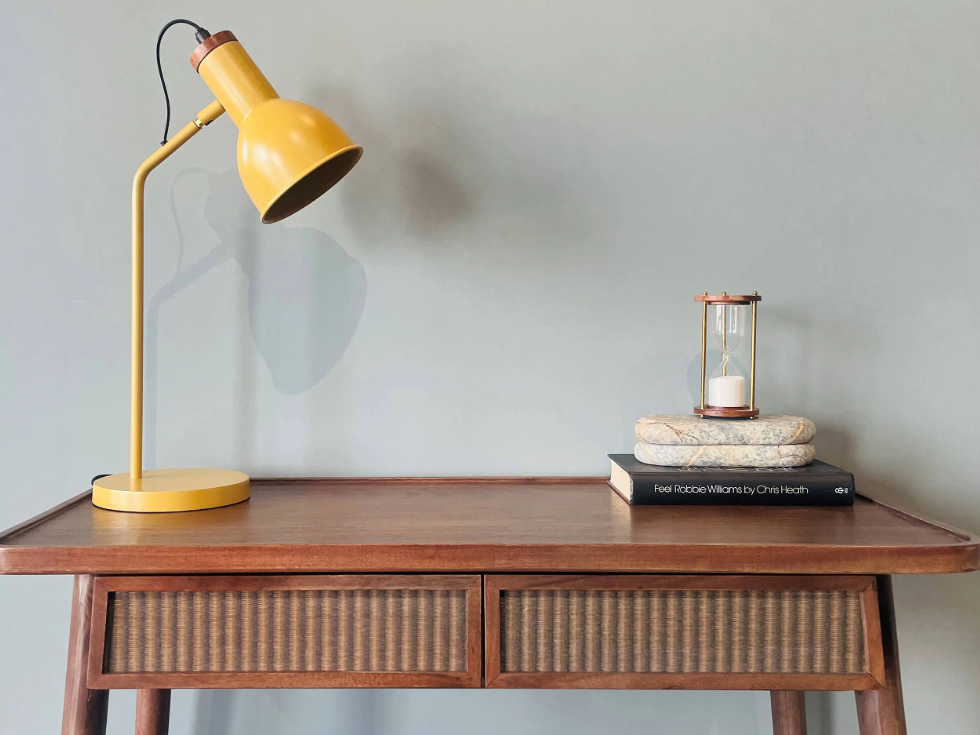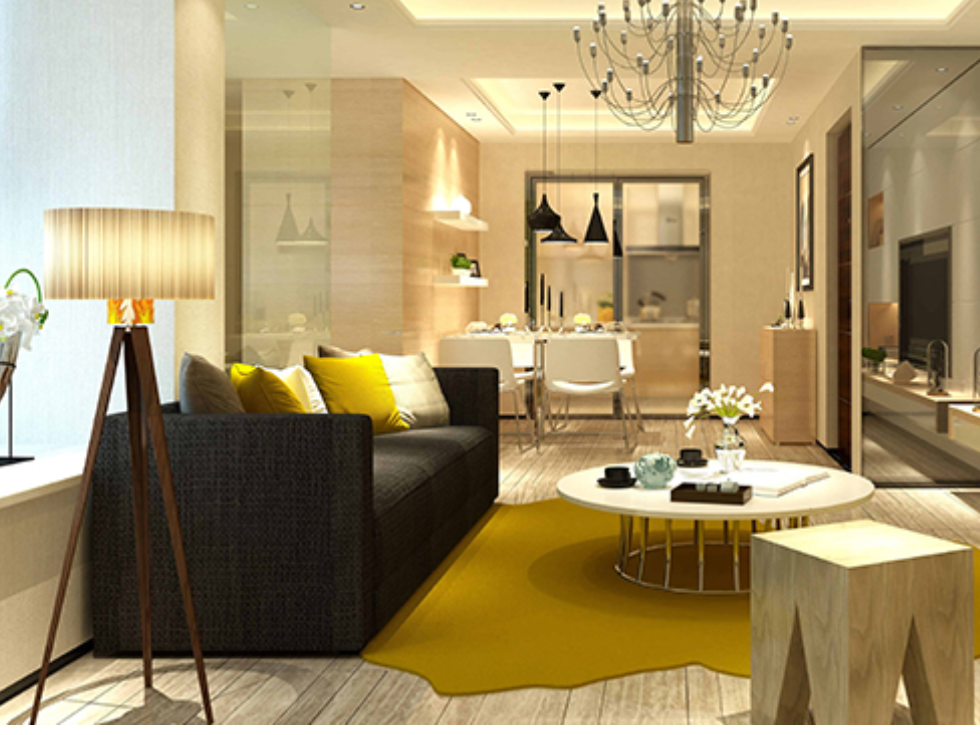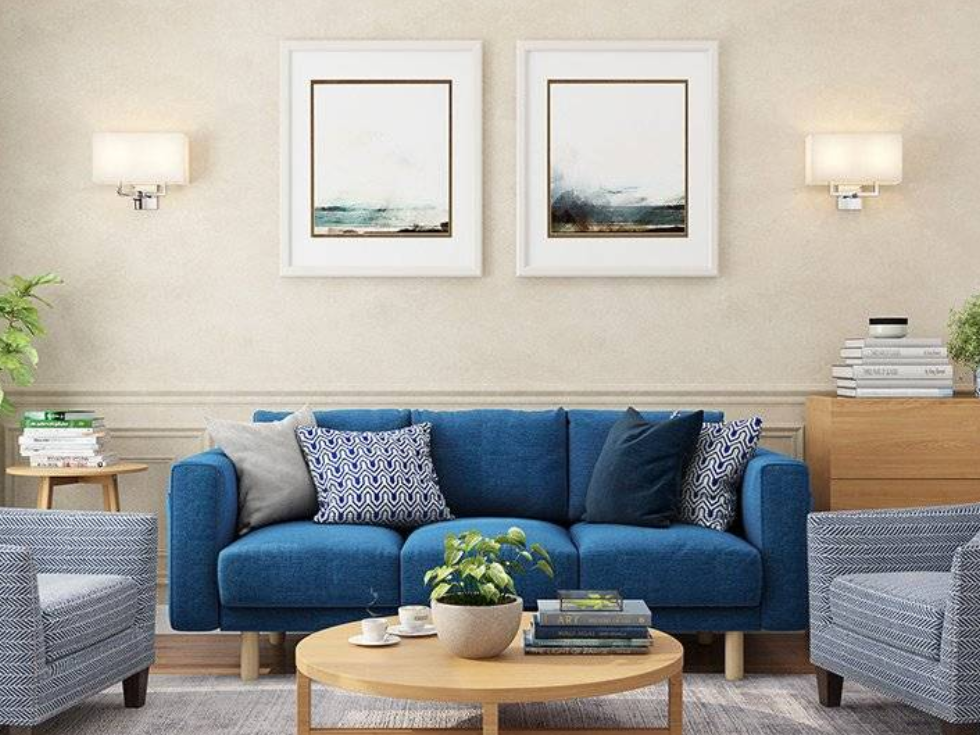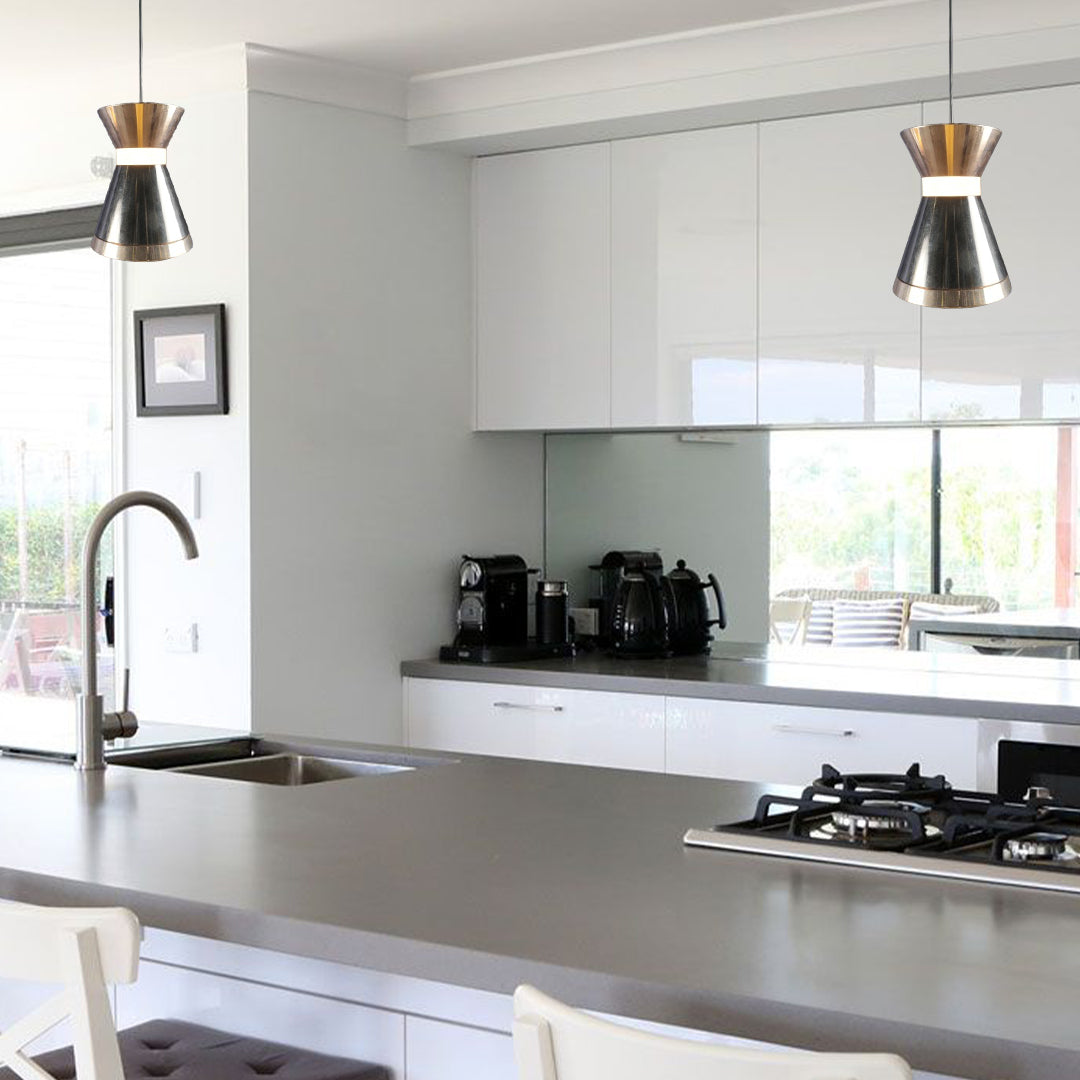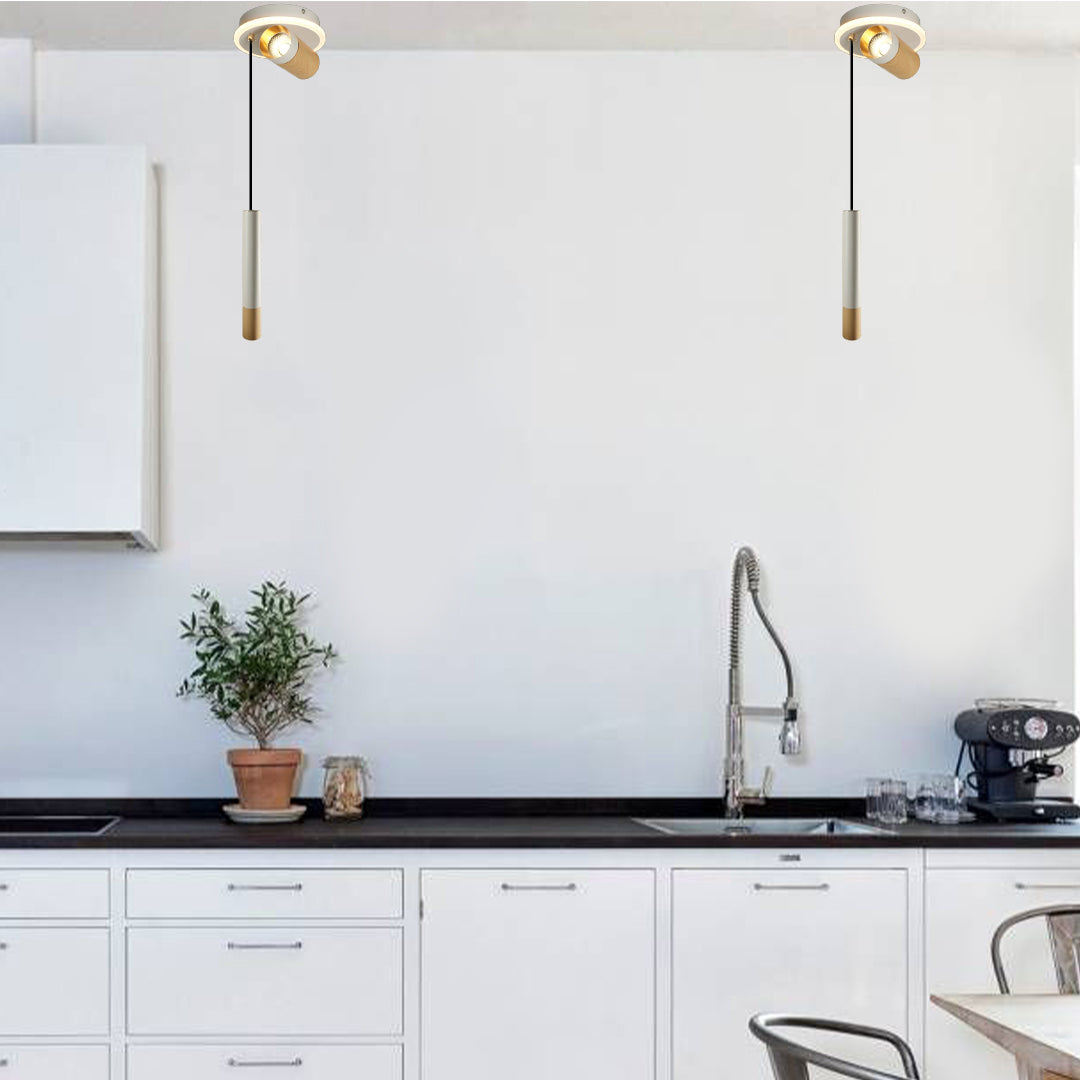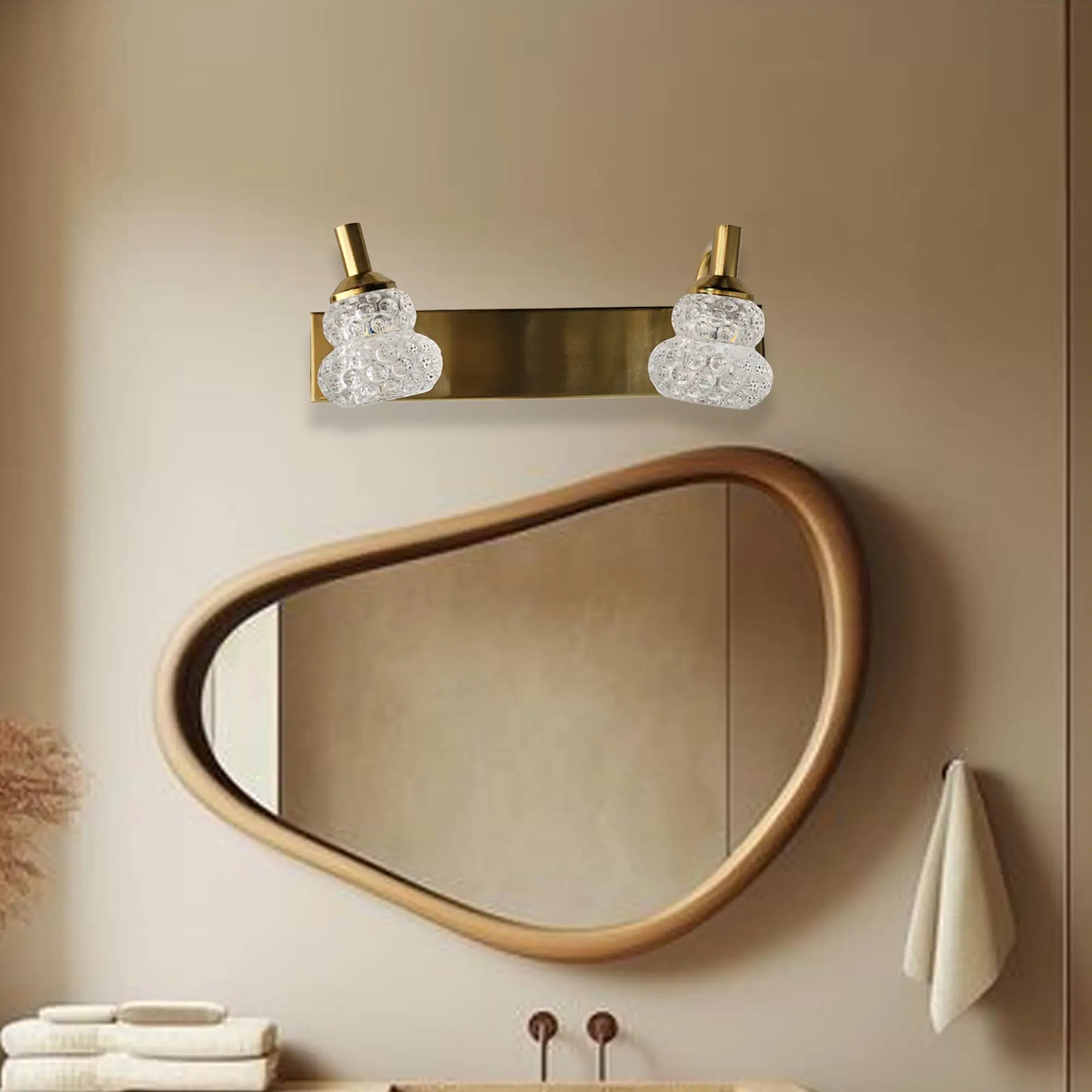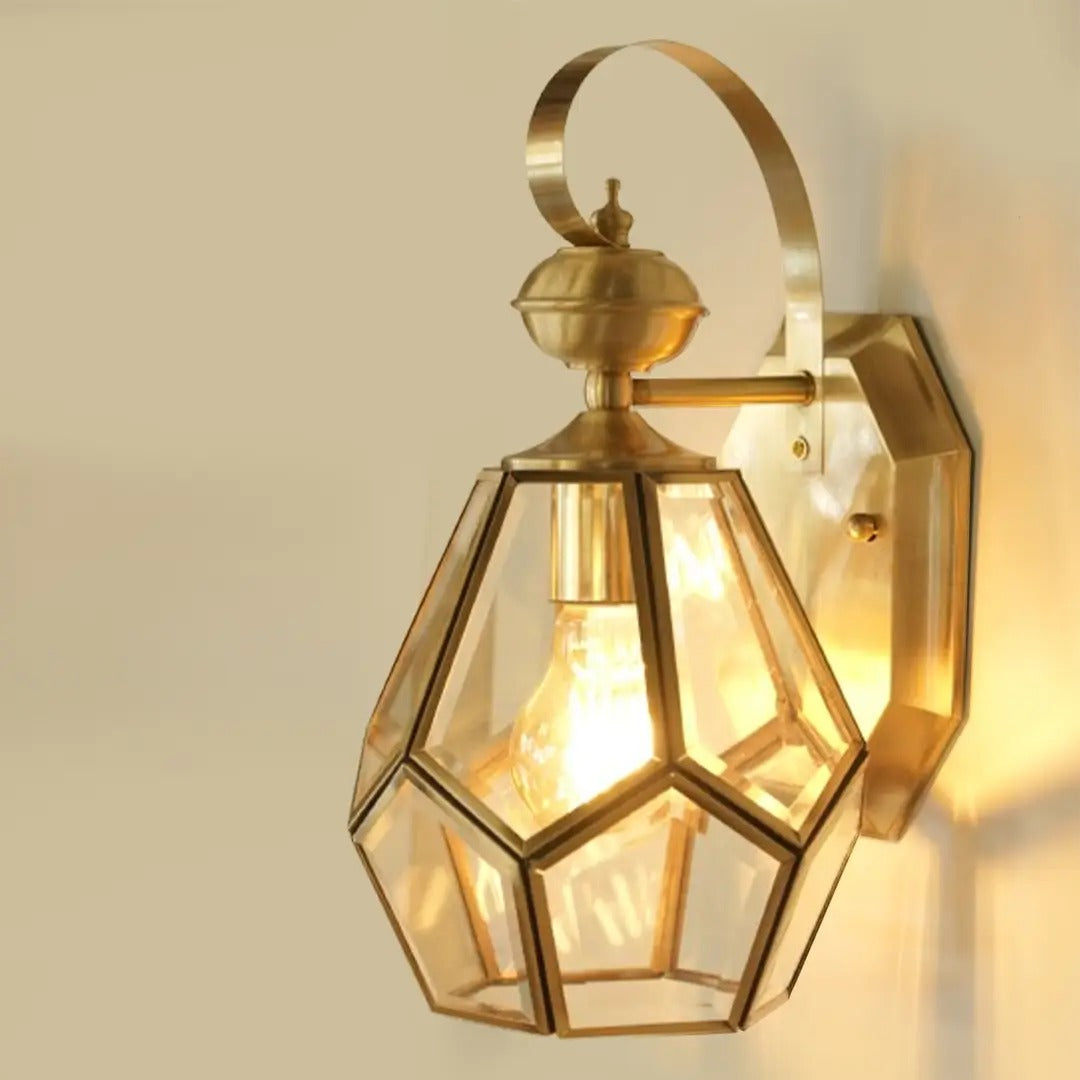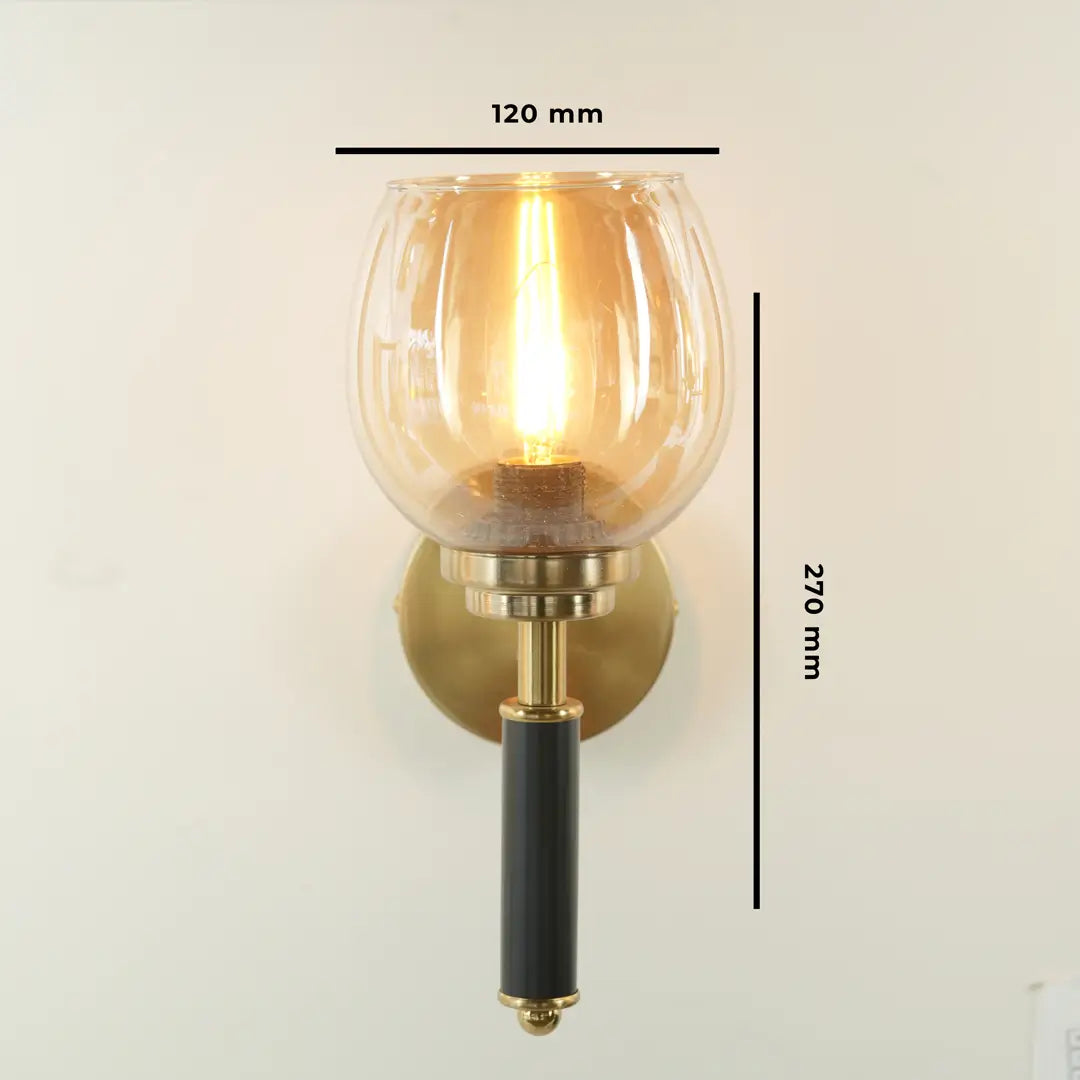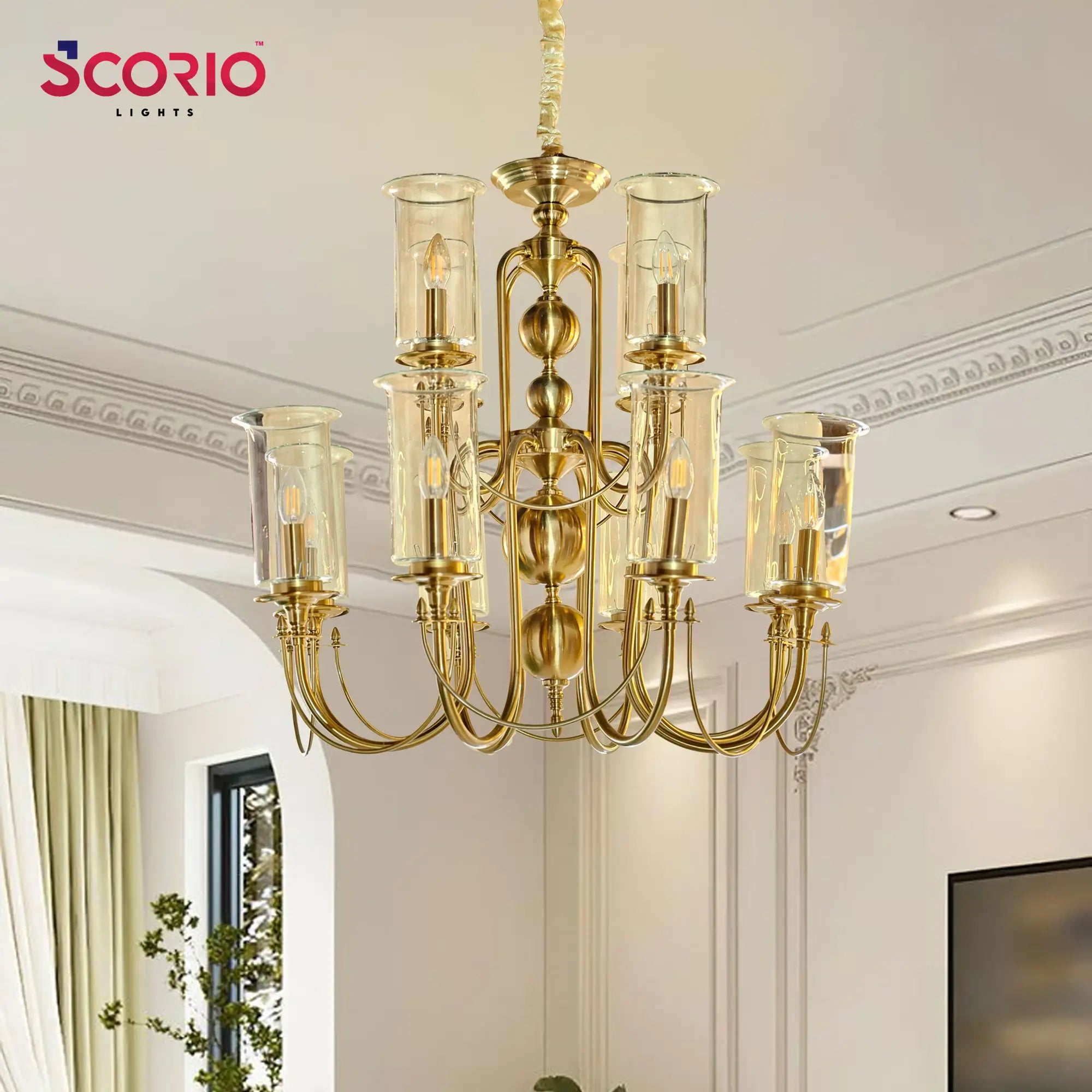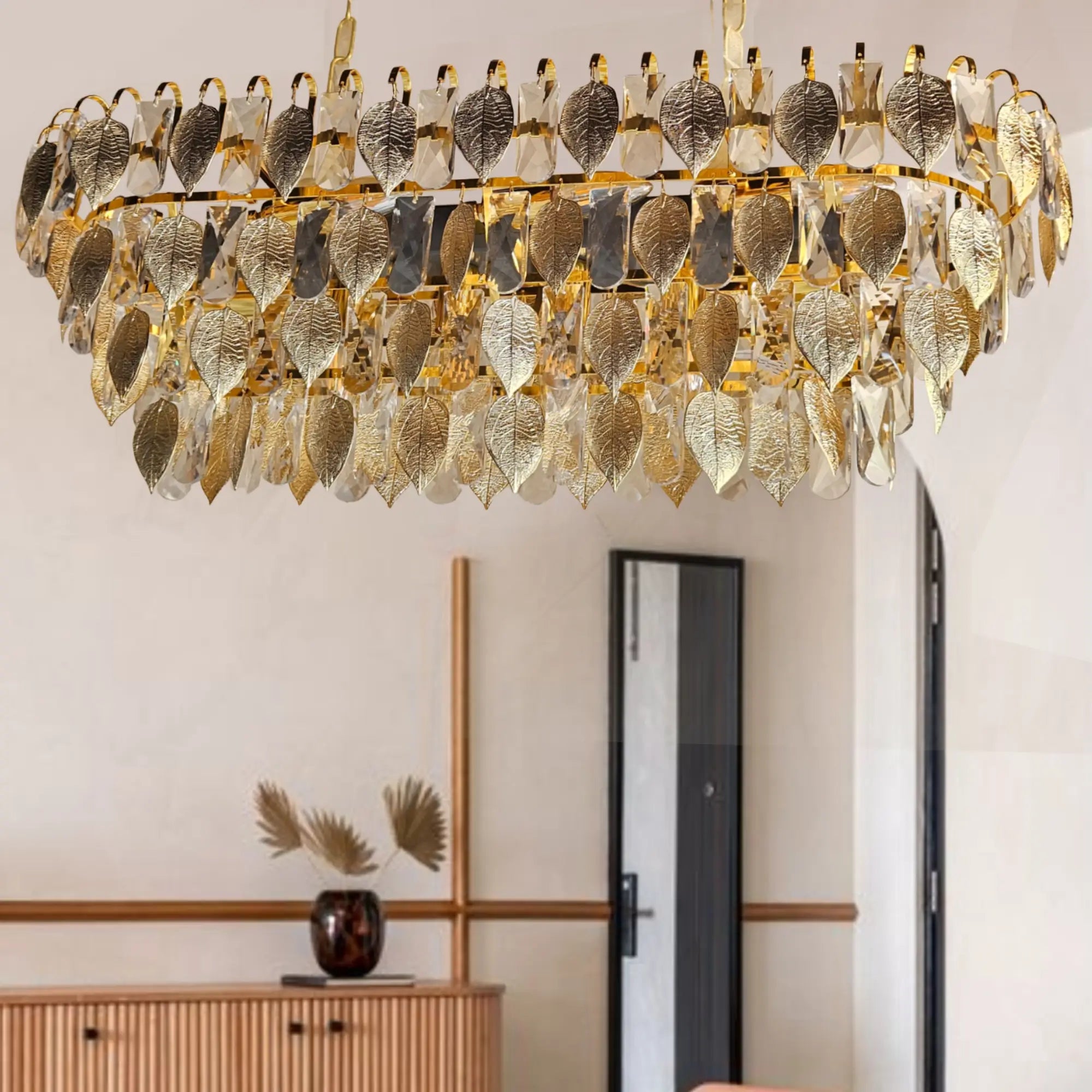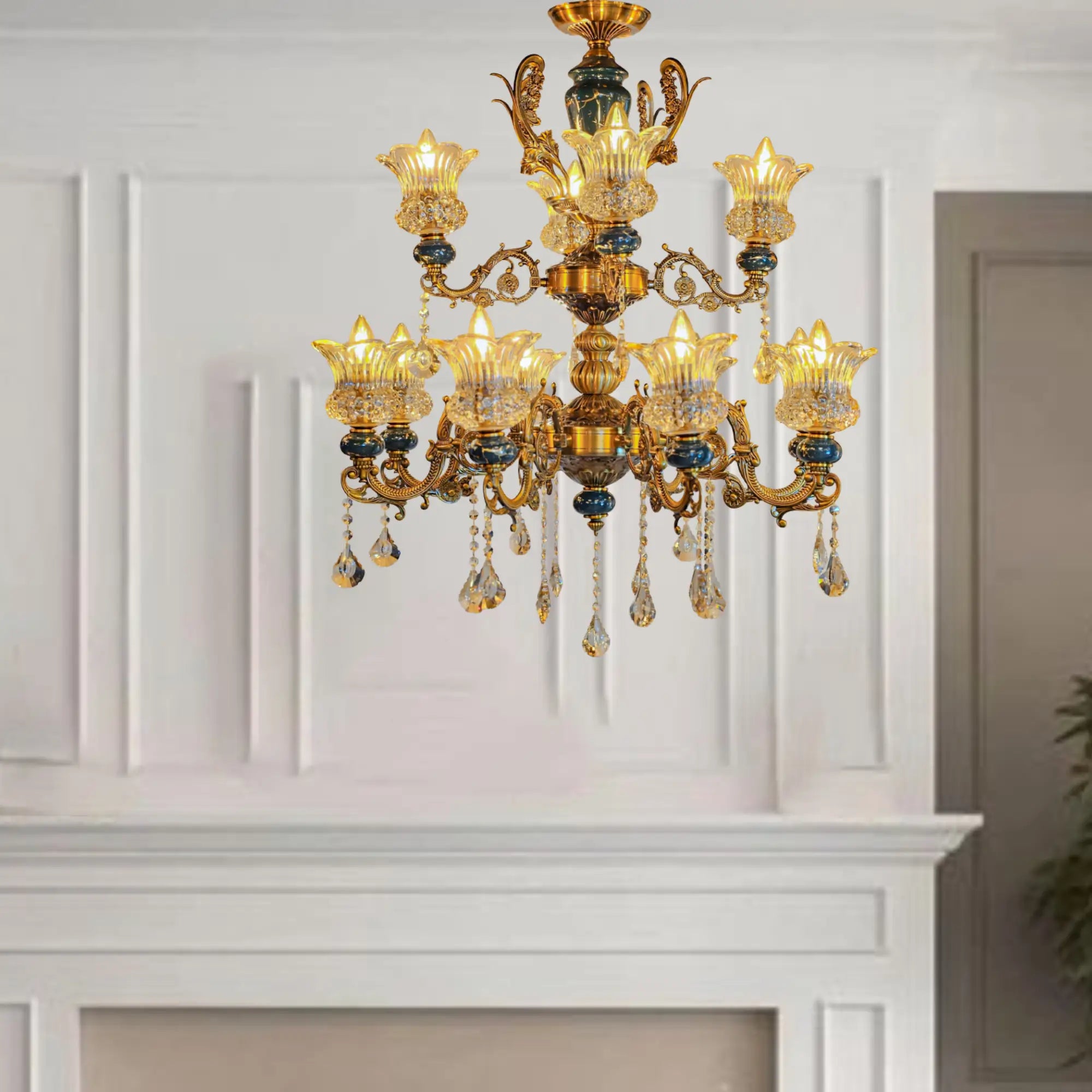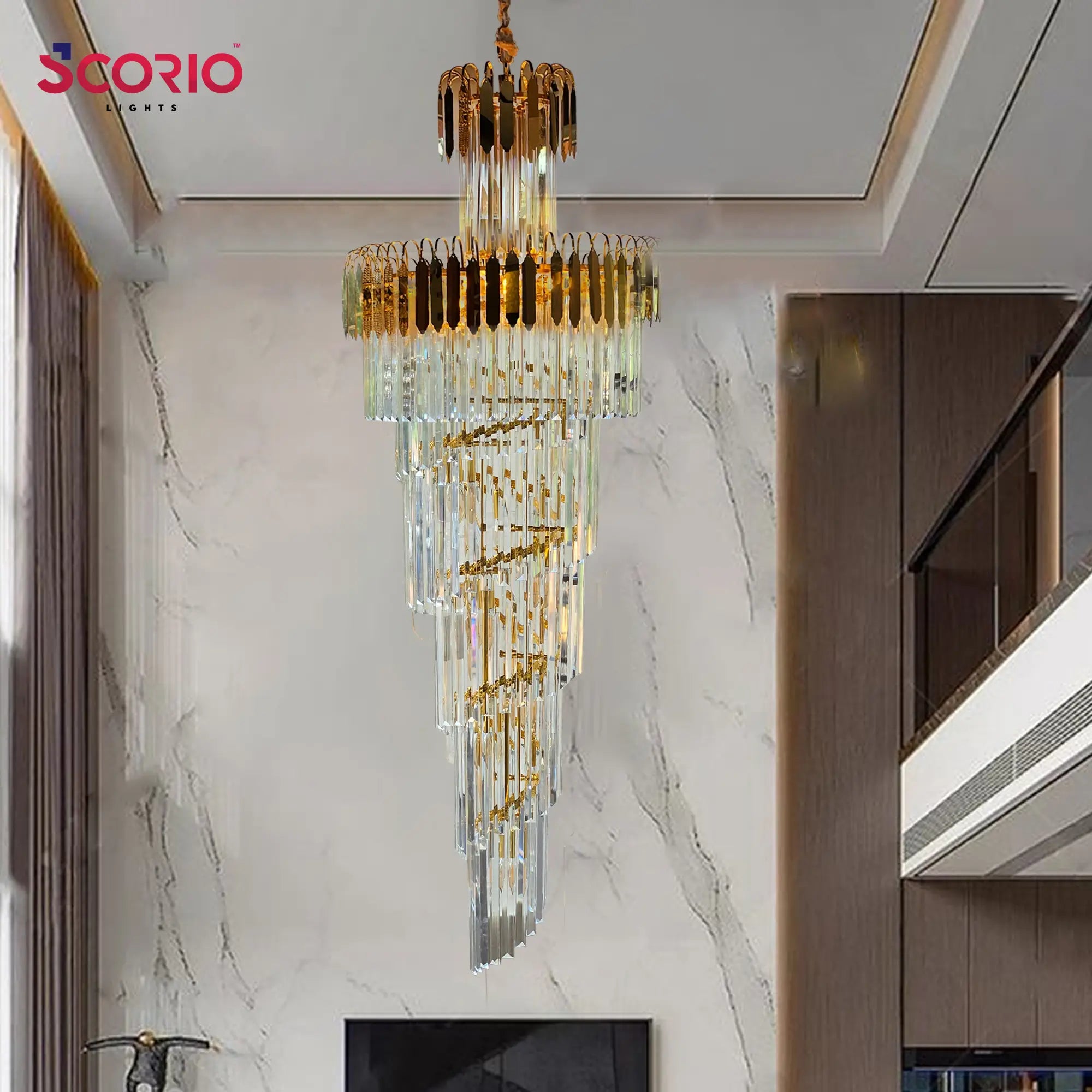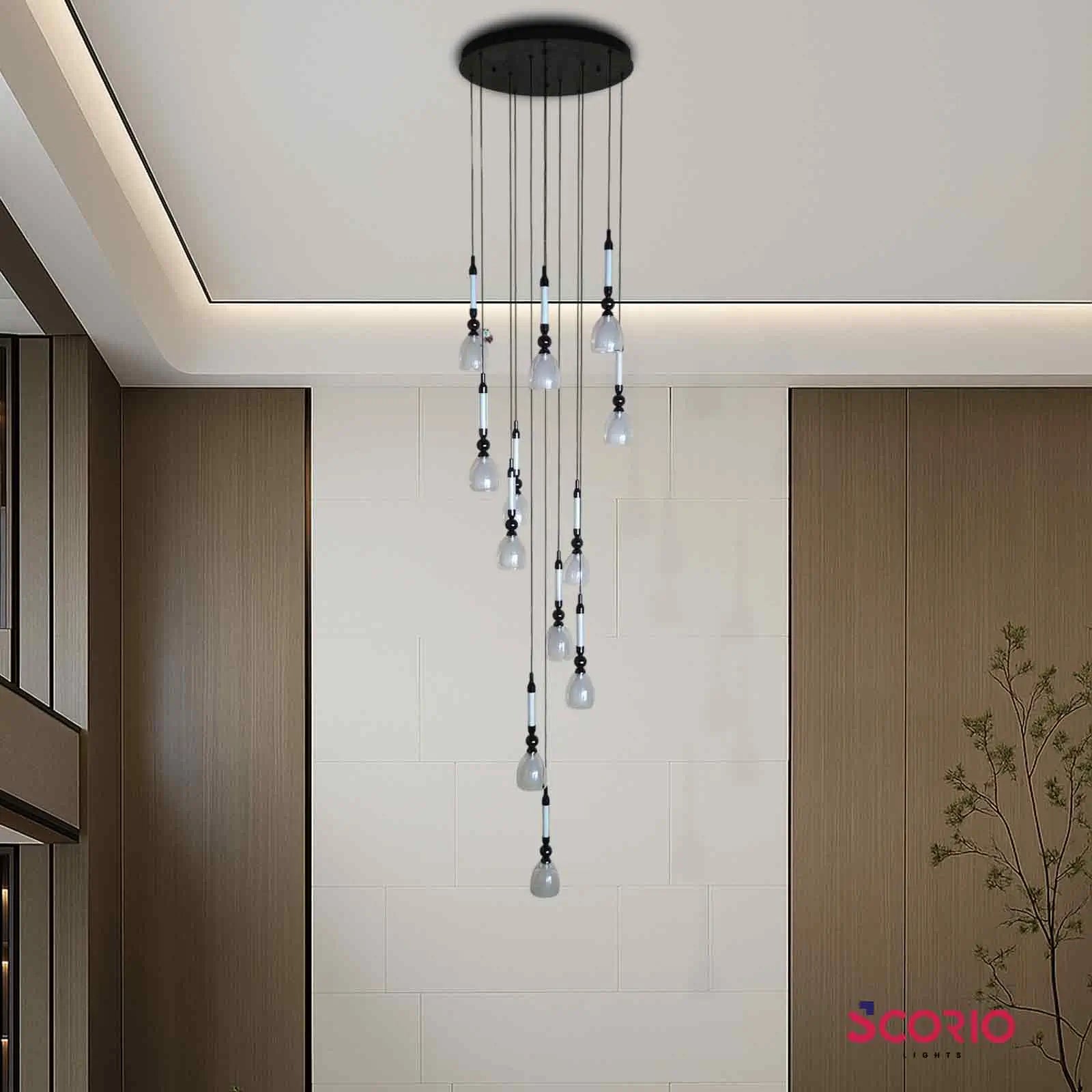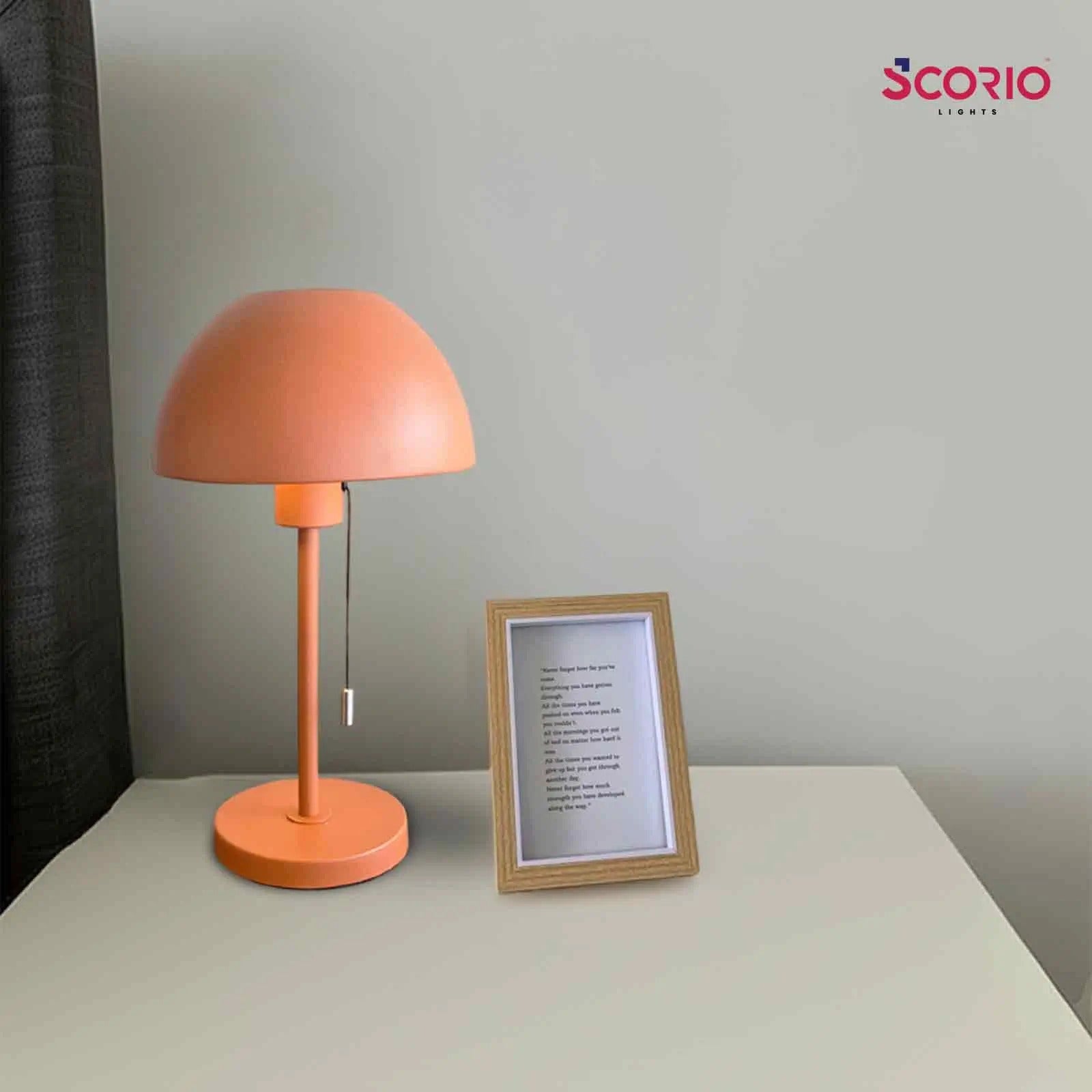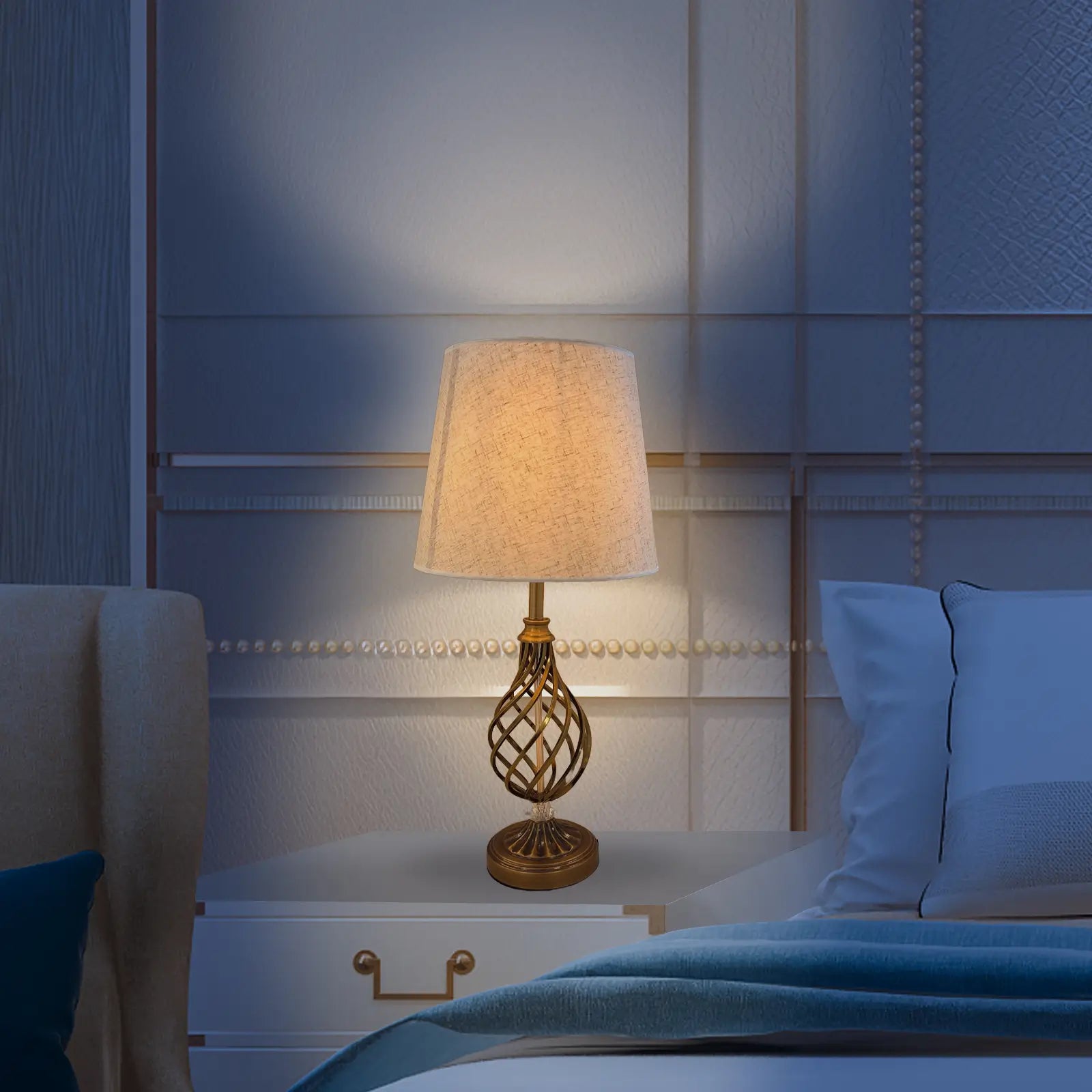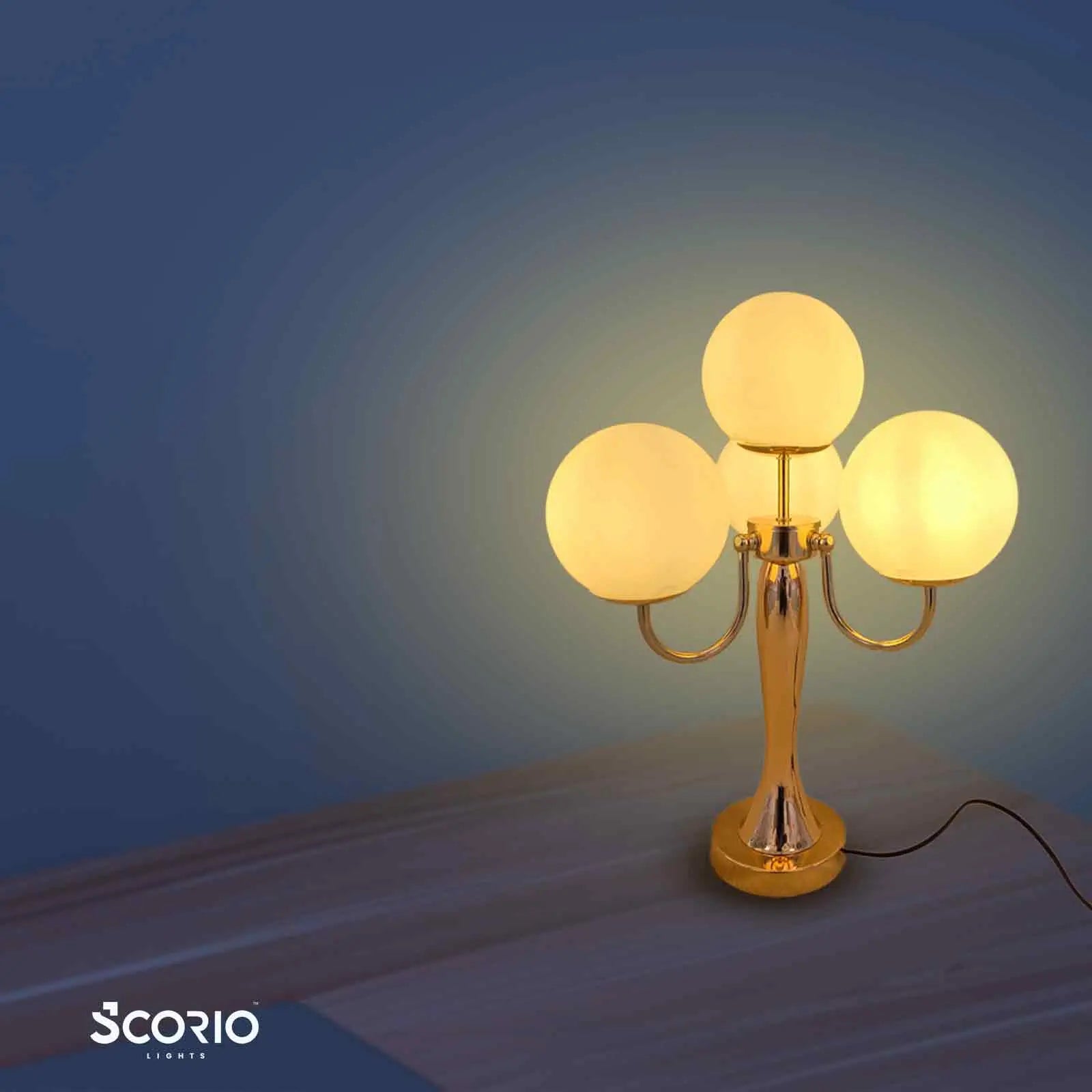
How to Choose the Right Lighting for Your Living Room: Tips from Design Professionals

Lighting is a key element in making your living room feel cozy, stylish, and practical. The right lighting can completely change the atmosphere of a space, so choosing the right type of lighting and its placement is essential. Design professionals offer some great tips to help you choose the best lighting for your living room. Here’s how!
Understand the Three Types of Lighting
Design experts recommend using three main types of lighting to create a balanced and practical living room:
- Ambient lighting: This is general lighting that illuminates the entire room. It can come from overhead lights such as chandeliers, ceiling lights, or recessed lights. Ambient lighting creates a general glow in the room.
- Task lighting: This type of lighting focuses on specific areas where activities such as reading, working, and gaming are performed. Table lamps, floor lamps, or adjustable wall sconces are great examples of task lighting.
- Accent lighting: Accent lights highlight special features in your living room, such as artwork, plants, or architectural details. Spotlights, picture lights, or LED strips can create beautiful accents in your space.
Consider the size and layout of the room
The size and layout of your living room play a big role in determining how much light you need and where you want it. For smaller rooms, design professionals recommend using light fixtures that provide enough light without overwhelming the space. For larger rooms, you may need multiple light sources or brighter fixtures to illuminate the entire room well.
Also, consider the layout of your furniture. Make sure your lighting fixtures are positioned to illuminate key areas, such as seating areas or reading nooks. For example, if you have a sofa and coffee table in the middle, make sure there is enough light for reading or conversation.
Layer your lighting
Instead of relying on one light source, design professionals recommend layering different types of lighting. Use ambient lighting for general illumination, task lighting for specific activities, and accent lighting to highlight specific features. This combination of lights adds depth and warmth to the space, while also making the room more flexible and practical.
For example, you can use a ceiling light for general illumination, a table lamp next to a reading chair, and accent lights to highlight a painting or sculpture.
Choose the right bulb for the right atmosphere
The type of bulb you choose affects the mood of the room. There are different types of bulbs, such as incandescent, LED, and CFL, and each provides a different quality of light.
- Warm light: Design experts recommend warm light (2700K to 3000K) to create a comfortable, relaxing atmosphere. It’s perfect for living rooms that feel cozy and conducive to conversation.
- Cool light: For a more vibrant and bright space, cool light (4000K to 5000K) is best. This type of lighting is ideal for modern, contemporary spaces or specific tasks.
- Dimmable bulbs: Consider using dimmable bulbs to adjust the light according to the time of day or activity. Dimmed lighting is great for evening relaxation, while brighter light works well during the day.
Consider the style of your living room
The style of your living room should affect your lighting choices. For example:
- Modern/Minimalist Style: For a clean, simple look, design professionals recommend minimalist lighting fixtures like recessed lights or pendant lights.
- Traditional Style: If you have a more classic or traditional living room, chandeliers, decorative floor lamps, or vintage-inspired table lamps can be great options.
- Eclectic Style: If your living room has an eclectic mix of styles, try using statement lighting pieces like colorful pendant lights, large floor lamps, or unique wall sconces.
Choosing lighting fixtures that match the design of your room gives it a harmonious feel.



